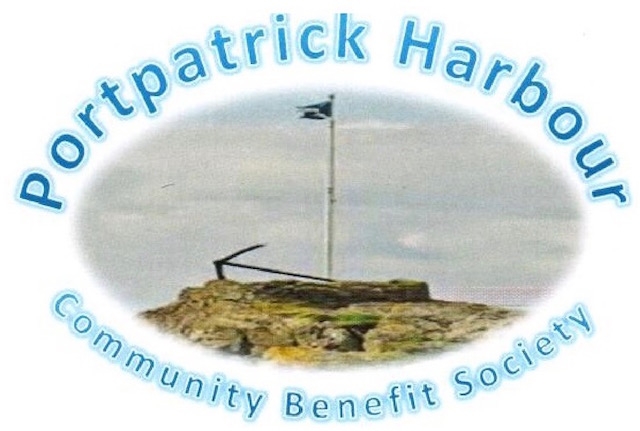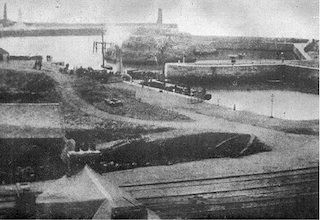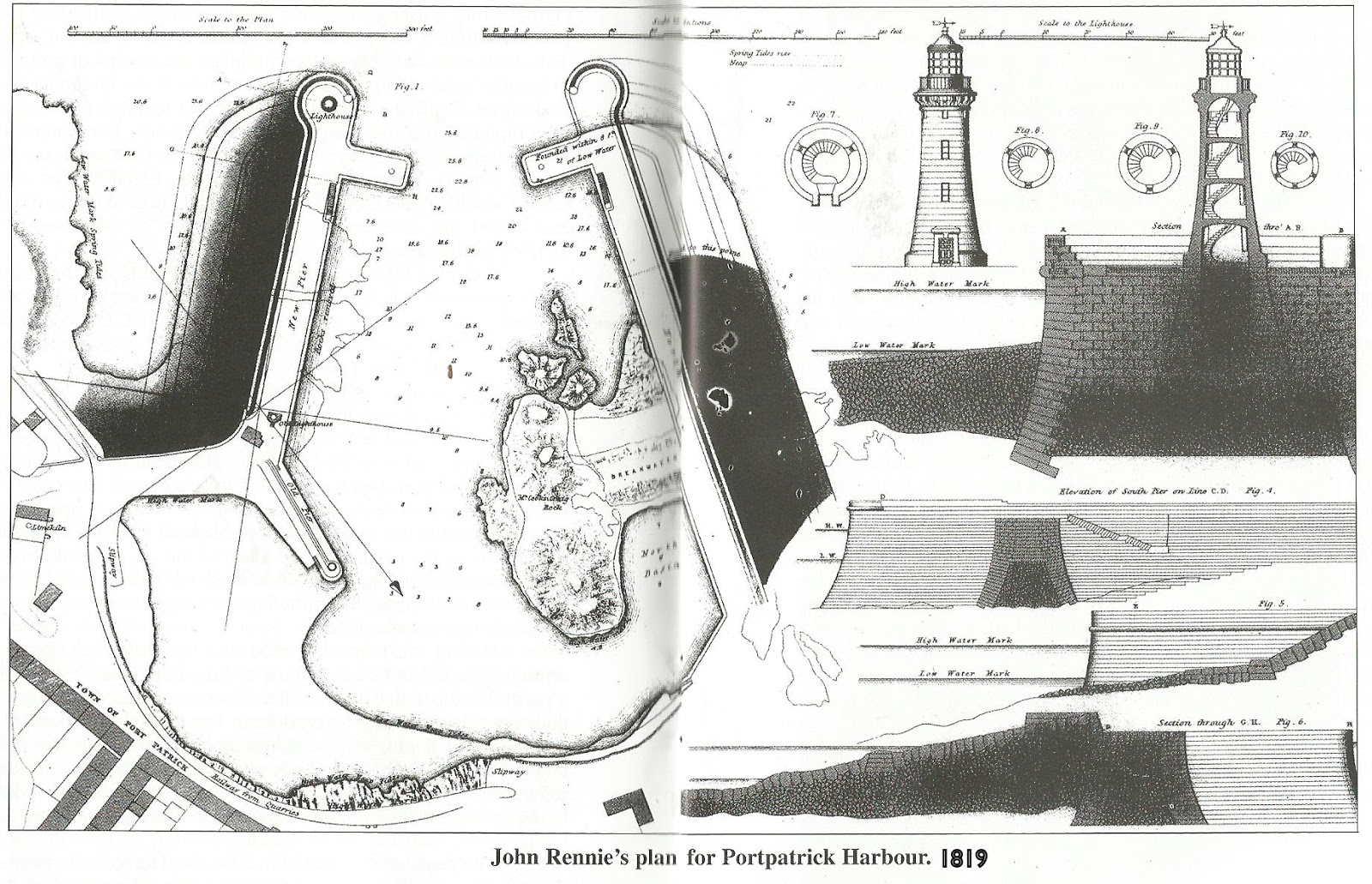Lying just over 21 miles from the coast of Northern Ireland, there are many historic links between the village of Portpatrick and the Emerald isle, not least its name taken from a legend which had the Patron Saint of Ireland crossing the 21-mile channel in a single stride!
The port, formerly named Portmontgomery, was initially used by small sailing ships to and from the Irish port of Donaghadee. There were regular ferries to Donaghadee by 1616. Between 1770, when the first proper harbour was built by John Smeaton and 1830, the harbour served as the main route for mail, passengers and cattle to Ireland, being at the end of the military road built in 1765 from Dumfries.
Smeaton, the leading civil engineer of his day, was appointed to make further improvements. He constructed breakwaters that turned the sandy bay into an enclosed harbour.
The North and South piers were added in 1821 by John Rennie. You can still see where the tramway lay to the quarry for the harbour's stonework at the southern end of Portpatrick. Unfortunately, storms made short work of the North pier in 1839, but the South pier remains.
The railway came to Portpatrick in 1862, shortly before the cross-channel steamer services moved to nearby Stranraer, leaving the 9-mile branch line between Stranraer and Portpatrick, with a spur to the harbour itself, struggling to survive. It eventually closed in 1950. The calm inner basin, now home to the port's lifeboat, which was constructed between 1861 and 1863, was too late to prevent the government switching the mail service to boats that plied the seas between Stranraer and Larne in 1862.
The harbour fell into disuse shortly afterwards and, in 1871, the lighthouse was dismantled and re-erected in Colombo, Sri Lanka.
However, fishing became an important feature of harbour life and, during the 1950s, the "ring netters" of the Clyde fleet would land huge catches of herring from around the Isle of Man and the North Channel.
Today, the harbour still retains a small fleet of fishing boats and remains a popular destination for pleasure craft. It also featured in the 1954 Dirk Bogarde film Hunted with the talented child actor, Jon Whiteley.






